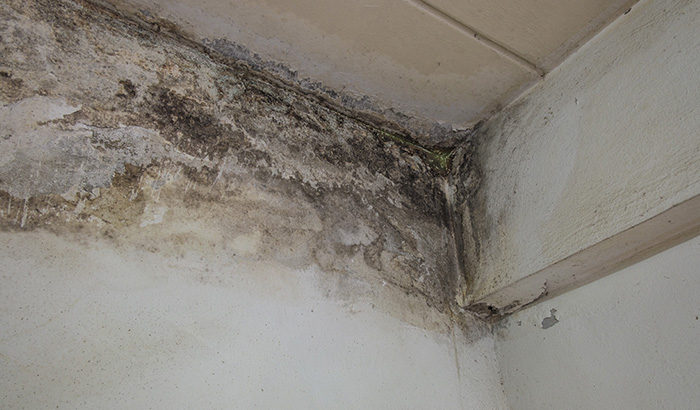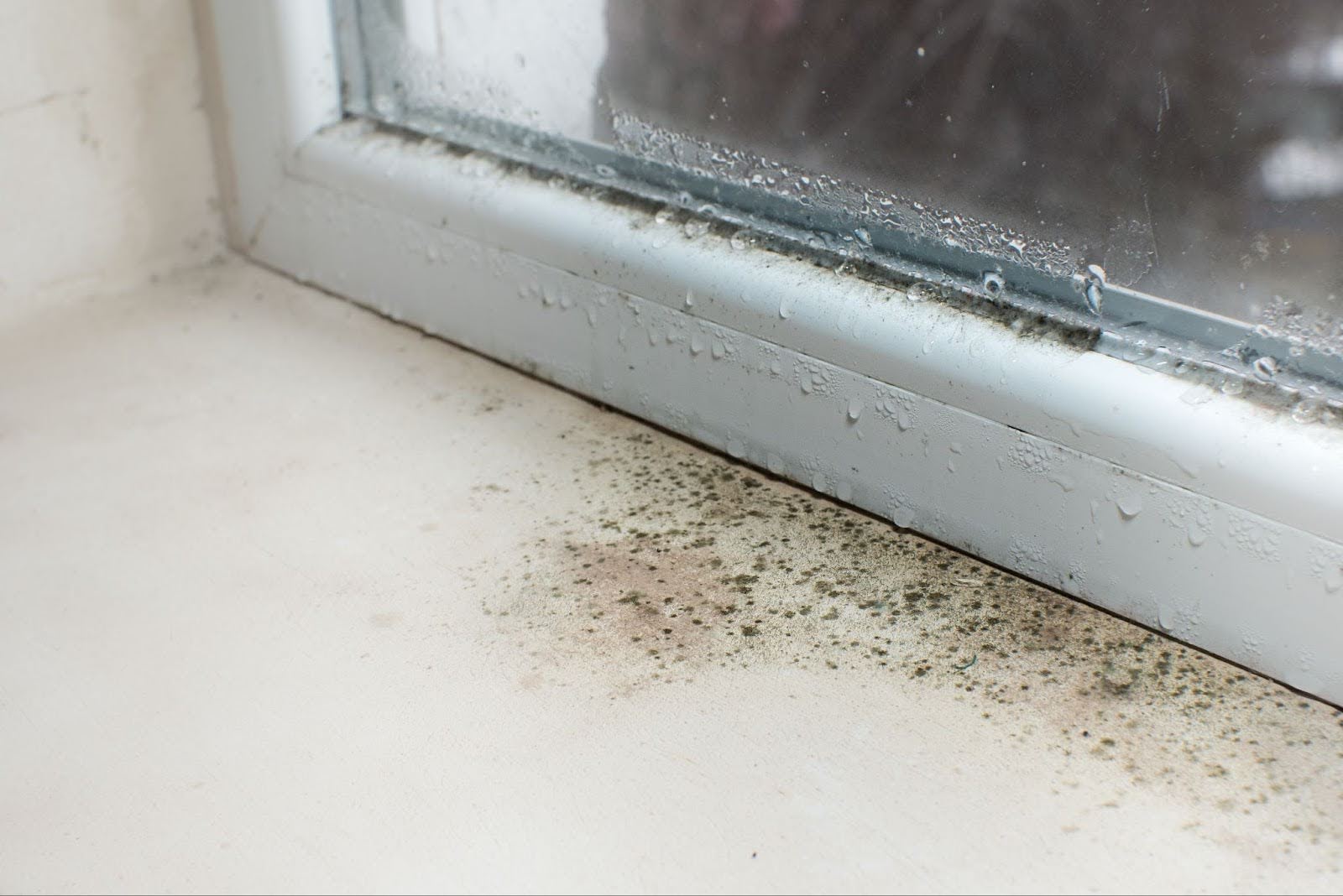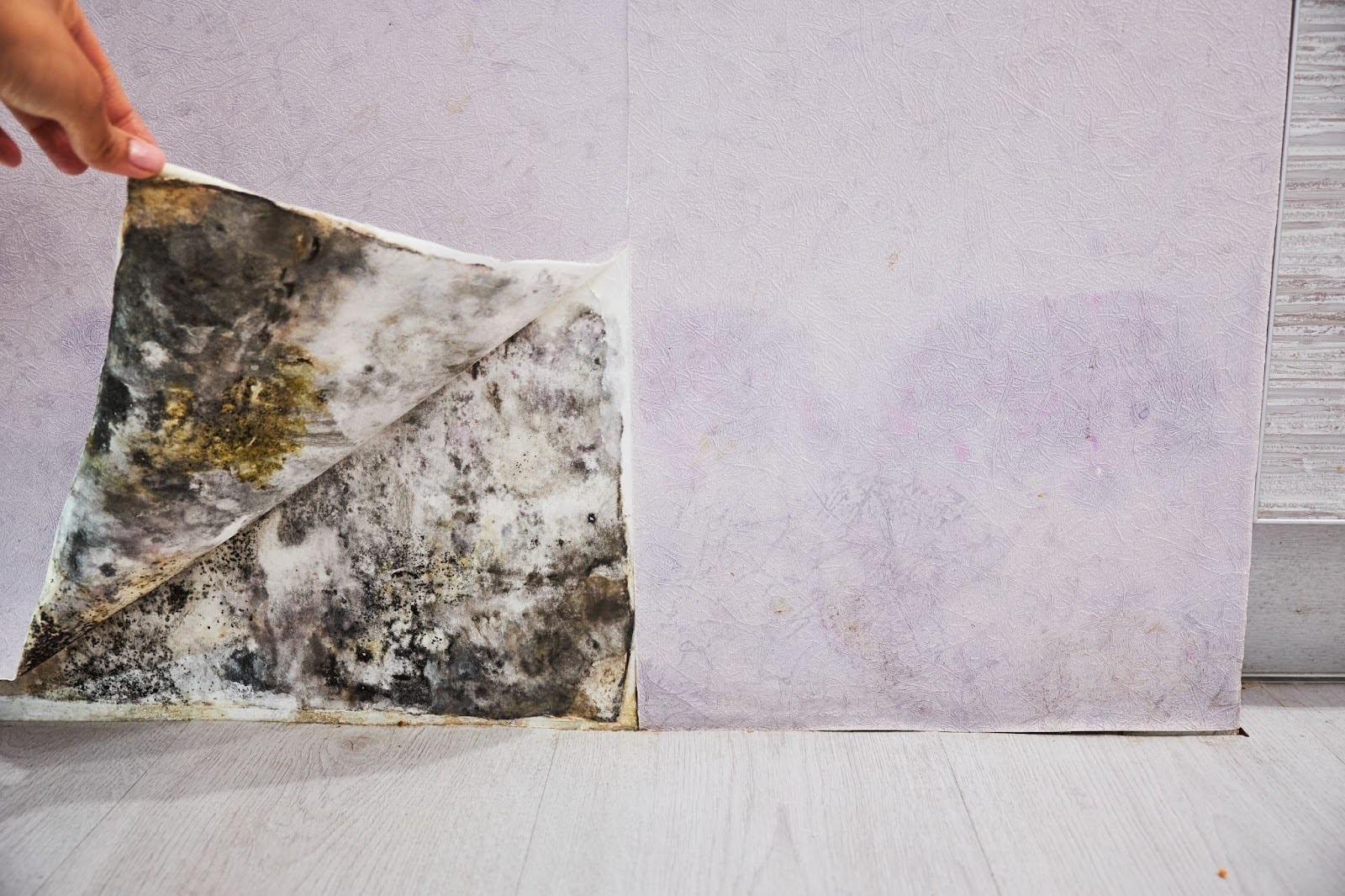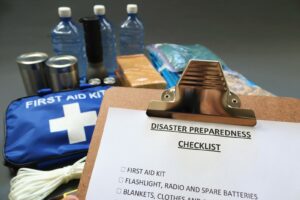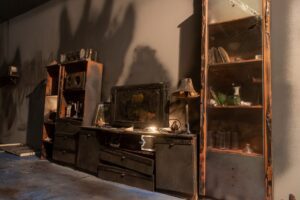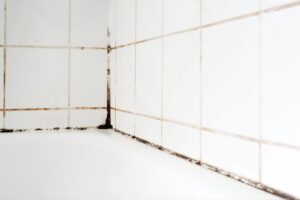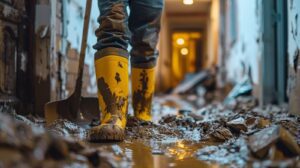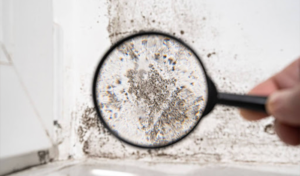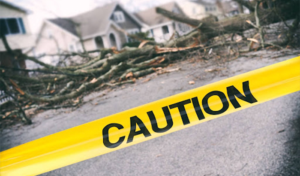The word mold might send shivers down any homeowner’s spine. But here’s the thing: it’s not always in plain sight. It lurks in hidden corners, revealing itself through subtle hints that might leave you scratching your head.
The good news? With a bit of know-how, you can become a mold detective, safeguarding your family’s health and the quality of your living space. This isn’t only about aesthetics; it’s about creating a safe haven for your loved ones, especially the little ones whose immune systems are still developing.
So, let’s embark on a journey to unmask the secrets of hidden mold, ensuring your home remains a healthy and happy place to be.
Unmasking mold: subtle indoor signs
Mold, the elusive intruder, often reveals itself through subtle hints, waiting for a keen eye to catch its covert presence. It doesn’t always announce its arrival with bold black or green splotches. Instead, it prefers more cryptic signals that demand our attention. Here are some of the most common to look out for.
The scent of trouble
Let’s talk about mold’s silent messenger, the musty odor. It’s like the mold’s calling card, alerting you to a hidden issue that could be lurking barely out of sight. This subtle signal often precedes the visible evidence of mold, making it a crucial clue you shouldn’t ignore.
You know those quiet corners of your home where air doesn’t circulate well? In those nooks and crannies, you might catch a distinct scent reminiscent of damp paper or wood. That’s your olfactory radar picking up on mold, even if you can’t see it yet. This scent suggests that mold spores are in the air, hinting at colonies that might be on the verge of expanding.
Now, here’s the deal: ignoring this musty scent is like ignoring a fire alarm. It often means that mold has already set up shop and is thriving. When you detect this telltale aroma, it’s time to put on your detective hat and investigate.
So, when should you initiate this sniff test strategy? Well, whenever you catch a whiff of that earthy, musty scent, trust your nose.
Mold is a living organism, and as it grows, it releases something called microbial volatile organic compounds (MVOCs). These MVOCs are what create that unmistakable odor. When you notice this smell, it’s a sign that your home environment needs some attention, and hidden mold may be lurking within your walls, under your floors, or above your ceiling tiles.
Pay attention to when the scent is most potent, often after periods of humidity or rain. The strength of the aroma will give you hints about the extent of the mold issue. If it’s strong and persistent, it’s a sign of a substantial and active infestation that requires immediate investigation.
Remember that mold is resilient and spreads quickly, so it’s crucial to act swiftly. If the musty scent lingers, it’s time to call in a professional who pinpoints where the mold is hiding and recommends the right strategies to deal with it.
Now, let’s shift our focus to your HVAC system. This unsung hero plays a pivotal role in maintaining air quality and controlling the presence and spread of mold.
Inconsistent airflow creates pockets of stagnant air where mold spores thrive. High humidity levels due to an HVAC system that can’t regulate moisture provide the perfect environment for mold. Undetected leaks from your HVAC system supply the moisture mold needs to grow.
Don’t forget about dirty HVAC components like coils and drip pans; if they aren’t maintained, they begin to harbor mold colonies. And clogged filters? They not only reduce air quality but also circulate mold spores throughout your home.
This is where regular HVAC maintenance comes in as your mold-fighting ally. It’s essential to inspect and proactively maintain your HVAC system to stop the unseen advance of mold in your home. So, be vigilant and keep your HVAC system in top shape to prevent mold from making itself at home.
Bubbles, colors, and warping — oh, my!
But that’s not all. Your home may whisper its distress through other silent alarms. Peeling wallpaper, water stains on walls or ceilings, and the warping of wooden fixtures are all signs of moisture intrusion and, thus, a breeding ground for mold.
Now, let’s talk about mold’s true colors. It’s not only the obvious black or green; it’s a chameleon with hues like blue, white, and yellow. Each color hints at unique moisture conditions and mold species. So, when you see discoloration on walls, baseboards, or ceilings, pay attention.
Wallpaper may hide a brewing battle beneath its surface. Trapped moisture weakens the adhesive, causing peeling and unsightly cracks. This compromised wallpaper becomes more than an aesthetic issue; it signifies deeper fungal invasions within your walls. Early detection is key to preventing structural damage and the spread of mold spores that harm air quality.
Lastly, let’s talk about window sills. Daily observation may unveil condensation patterns that foreshadow mold growth. Glass panes often reveal signs of humidity issues. Condensation on windows seeps into wooden sills, creating a haven for mold.
Keep an eye out, especially after showers or cooking and during seasonal changes. If you notice irregularities like discoloration or wood warping, seek expert evaluation to address the source and thwart mold’s advance.
Underfoot and overhead: mold’s stealthy hideouts
Mold is a crafty adversary that thrives in places homeowners rarely inspect. It seeks out the perfect conditions — moist, dark, and undisturbed spaces beneath floors and above ceilings. These hidden spots become its haven, making it crucial to keep a watchful eye and perform regular checks in these less-visited areas to curb its secretive spread.
Often, mold’s telltale signs only become apparent after it’s already established a substantial presence. Understanding mold’s fondness for remote spaces like subflooring and attic recesses is essential for early detection and swift intervention. This proactive approach prevents extensive contamination and ensures the safety of your home’s occupants.
In areas frequently exposed to moisture, like bathrooms, mold can run rampant, especially in the secure recesses of tile grout. These microorganisms make themselves at home here, invisible to the casual observer. Discoloration or subtle textural changes may hint at their hidden presence, but not always.
Proactive checks around your bathroom tiles, where water splashes and dampness linger, may unveil a potential mold invasion. Regular cleaning and mold-resistant sealants serve as your primary defense against these insidious intruders. Stay attuned to the subtleties of change, and you’ll be better equipped to prevent mold’s silent encroachments.
Let’s venture into the often-forgotten attic. With its temperature fluctuations and poor ventilation, the attic creates the perfect environment for mold. When insulation is compromised, even minor tears or gaps invite moisture, which, as we’ve said, is the essential ingredient for mold to thrive.
Unfortunately, signs of an insulation breach aren’t always obvious. Subtle discoloration, a musty odor, or consistent humidity levels might signal a silent invasion. That’s why inspecting attic insulation is crucial.
Experts recommend homeowners regularly check attic insulation for signs of degradation. Early detection is key to preventing extensive mold damage. Infrared imaging technology, while not available to everyone, helps identify areas where moisture may have penetrated the thermal barrier. Acting promptly and before mold takes over will protect your home’s integrity and your family’s health.
Mold’s impact on health
Mold exposure sets off a range of physical responses that affect your well-being in subtle yet significant ways. At the outset, you might notice persistent sneezing, nasal congestion, or throat irritation. These are your body’s attempts to fend off unwelcome intruders in the air. Repeated bouts of such symptoms, especially in specific areas of your home, could be early indicators of hidden mold.
For individuals who are more susceptible — such as infants, the elderly, or those with weakened immune systems or respiratory conditions — these responses are usually amplified and cause more alarm. An increase in asthma attacks, the development of rashes, or unexplained coughing fits are all potential signs of mold exposure.
Sudden spikes in allergy symptoms are another sign of mold lurking in your home’s unseen corners. When you experience persistent allergic reactions without clear triggers, it’s time to investigate the possibility of mold infiltration. Pay attention if your family members notice an uptick in symptoms in certain rooms, as this is a red flag that that space warrants further inquiry.
In young children, be on the lookout for an increase in dermatitis or stubborn sinus issues that don’t respond well to standard treatments. These recurring afflictions are indicative of a more insidious mold issue, necessitating a thorough investigation and remediation.
Respiratory issues often serve as the ultimate indicator of mold’s presence. Watch for sudden breathing challenges without a clear cause, such as wheezing, coughing, or difficulty taking deep breaths. These symptoms may suggest mold growth, which often goes unnoticed by the naked eye. Recurrent or aggravated symptoms within your home environment should prompt an immediate and thorough environmental evaluation.
Remember the MVOCs we mentioned earlier? These compounds are released during active mold growth and trigger physical reactions, including headaches, dizziness, and respiratory distress. Prolonged mold exposure poses serious health risks, especially for young children with developing immune systems.
Therefore, it’s imperative for parents to promptly investigate and address any signs of mold, consulting professionals for accurate diagnosis and comprehensive remediation. Your family’s health and well-being depend on it.
Ridding your residence of mold
When mold appears, quick action is crucial. Protect yourself with gloves and masks. Use water and detergent on non-porous surfaces hosting mold. For porous materials like drywall or ceiling tiles, responsible disposal is often necessary due to the difficulty of complete decontamination.
Be sure to optimize ventilation by opening windows and doors, if possible, and use dehumidifiers to prevent mold growth. Dispose of cleaning materials carefully to prevent spore transfer.
Professional help
Certified mold remediation specialists are your defensive shield. They employ advanced diagnostic tools to locate and contain hidden mold. From containment to decontamination, their meticulous process restores your home’s sanctuary. For your loved ones’ well-being, expert help is wise.
When to call professionals
- Musty odors with no apparent source are a clear indicator for professional investigation. Mold thrives in unseen spaces, requiring expert assessment.
- Persistent family respiratory issues without an apparent cause warrant immediate consultation with mold remediation specialists.
- Extensive mold colonies or enduring issues post-cleaning demand professional intervention to prevent structural damage and health risks.
To prevent future mold issues, it’s essential to remain vigilant against dampness through regular inspections to catch problems early. Moisture control plays a crucial role in prevention, with the use of dehumidifiers in damp areas, ensuring proper ventilation, and promptly addressing any leaks.
Additionally, consider opting for mold-resistant materials in your home and maintain a consistent cleaning schedule to minimize the presence of mold spores. Your dedication to these preventive measures strengthens your home’s defenses against potential mold problems, ultimately safeguarding the health and well-being of your family and the integrity of your living space.
Trust Total Flood & Fire Restoration for mold removal and more!
When it comes to mold removal, particularly in cases involving extensive growth, concealed infestations, recurring issues, or health-related concerns, it’s crucial to have a trusted team of professionals by your side.
That’s where Total Flood & Fire Restoration steps in. With years of experience, state-of-the-art equipment, and a profound understanding of mold remediation, we offer a comprehensive and safe solution to effectively address your mold problems. Our experts are dedicated to ensuring a mold-free and healthy living environment for you and your family.
Don’t hesitate to call 385-503-2846 or use our online form to take the next step in safeguarding your home and your loved ones’ well-being. With Total Flood & Fire Restoration, you can trust that your mold concerns will be handled with expertise and care.

